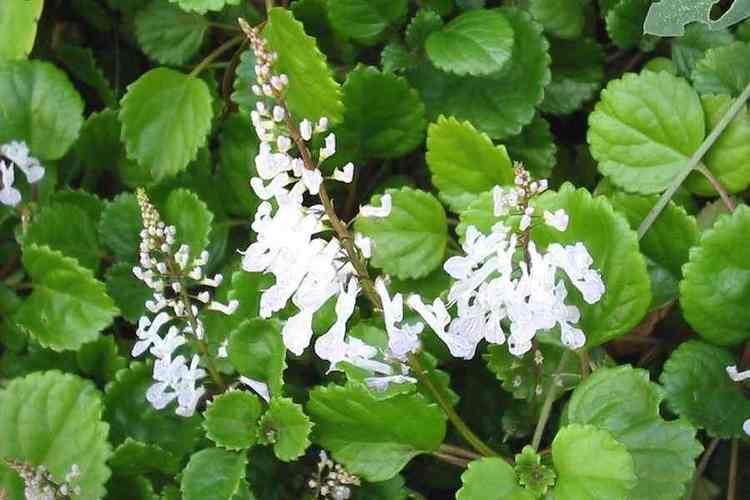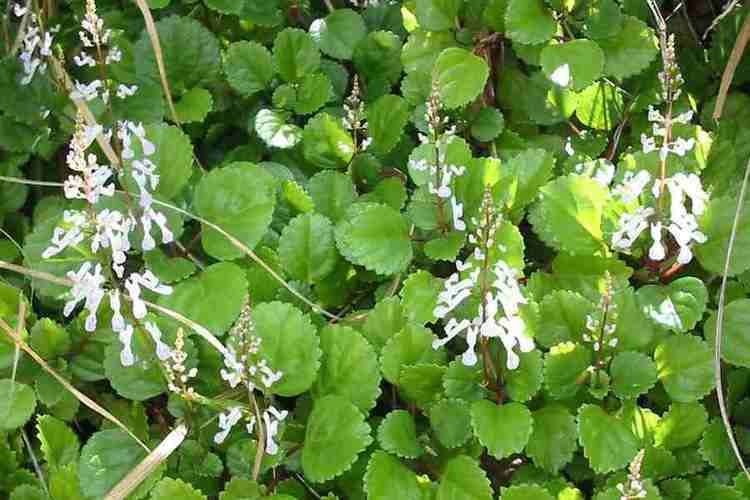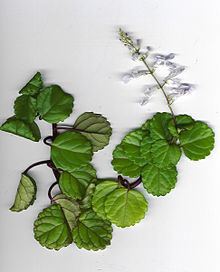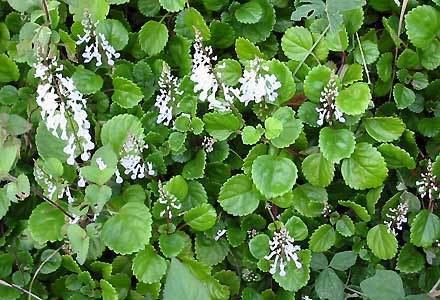Rank Species | ||
 | ||
Scientific name Plectranthus verticillatus Similar Plectranthus, White‑Edged Swedish Ivy, Lamiaceae, Plectranthus forsteri, Plectranthus argentatus | ||
wikipedia plectranthus verticillatus
Plectranthus verticillatus (syn. Plectranthus nummularius), Swedish ivy, Swedish begonia or whorled plectranthus) is a plant in the family Lamiaceae (Labiatae), genus Plectranthus.
Contents

Description

The plant has glossy, green, round leaves, which show a deep purple color in the center sometimes. This deep purple can also be found on the plant stems and on the underside of leaves. The upright racemes appear white, pale violet or pale pink and can sprout sporadically throughout the year.

The name "Swedish ivy" is deceptive: the plant is not thigmotropic (meaning it does not cling to walls with the roots when it grows), is not native to Sweden, and is not closely related to the genus of ivy (Hedera).
Distribution

Plectranthus verticillatus is native to southern Africa where it occurs in the Cape Provinces, KwaZulu-Natal, Swaziland, the Northern Provinces and southern Mozambique. It is found naturalized in El Salvador, Honduras, the Leeward Islands, the Venezuela Antilles, the Windward Islands, Venezuela, Puerto Rico, Hawaii as well as south-east Queensland and coastal areas of New South Wales in Australia.
Use as ornamental plant
Plectranthus verticillatus is a robust plant doing well in indirect sunlight, mostly cultivated as hanging houseplant. In frost-free areas it is also found as groundcover in gardens or sprouting down walls.
It likes to stay moist and it also responds well to pruning. It can easily be rooted with cuttings and its vulnerability is low; but a weak plant can be infested with spider mite.
